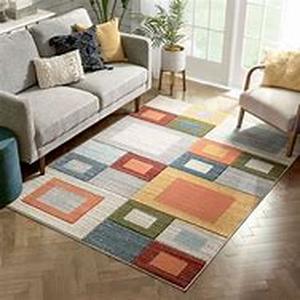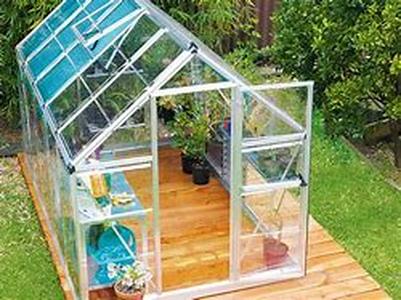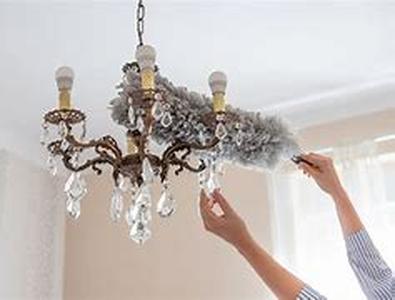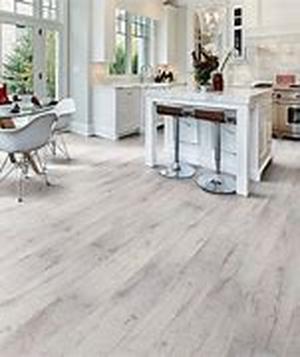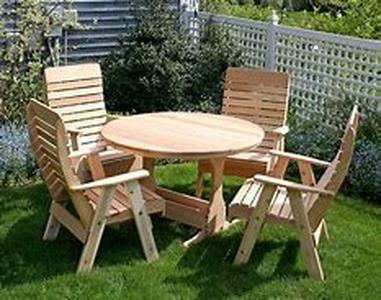
A Pond May Offer A Number Of Benefits. It Can Be Cooland Relaxing, Visually Appealing And It Can Providethe Local Wildlife A Watering Point.For StartersIt Is Imperative To Know The Reason Why You Arebuilding This Pond Before The Actual Construction.Some Individuals Just Wanted To Put Up These Kinds Ofprojects Without Considering The Comfort And Safety Ofthe Inhabitants Of That Pond. Evaluate First Thesethings Before Assembling Your Pond.You Can Ask For Advice From Your Pond Professional Orread Books That Are Concerned On Pond Kits And Thetechniques Of Construction Of Ponds. Consult Yourlocal Pond Contractors Who Have Experience Regardingthis Field.Now You Can Build Your Own Fish Pond Following Theseplanning Stages:Consider The Location.Choose A Site Where Your Pond Is Not Near Existinglarge Trees. These Vantage Points Will Prevent Rootproblems As Well As Minimizing The Problem Of Fallingleaves In Your Pond That May Cause Decaying And Poorwater Quality. Pond Plants Such As Water Lilies Needsunlight To Grow. It Is Best To Place Your Pond Whereit Can Be Exposed To Sun But Not Too Much As It Canover Heat During Mid Afternoon Or On Hot Days. A Semishaded Place With A Good Amount Of Light Comingthrough Is Sufficient Enough.Temperature Extremes Should Be Minimized On The Pond.If You Intend On Raising And Keeping Fish, It Isimportant To Make The Pond As Deep And As Large Aspractical. However, Deeper Ponds May Need To Be Fencedto Prevent Accidents.Design With Purpose.Consider Electricity Supply For Pumps, Filters, Andlights When Designing Your Pond. It Is Also Importantto Look Into The Water Supply And Drainage.Ponds Must Have An Overflow Area (a Place Locatedbelow The Rest Of The Pond Height) To Control Wherethe Excess Water Should Go. Overflowing May Be Causedby Overfilling The Pond With Water Or From Heavy Rain.Screen Your Overflow Paths To Prevent Any Escape Ofsmall Plants, Fishes (and Its Eggs), And Snails Duringwater Additions And Heavy Rainfall. This May Alsoprotect The Local Waterways From Any Possible Escape.This Is Especially Important If There Are Non Localfish In The Pond.Complete Preparation Requirements.It Is Essential To Clean And Rinse Ponds Before Usingit Since Fish And Other Water Plants Are Sensitive Tocontaminants. "Curing" Concrete Ponds Combined Withwater Changes, Scrubbing, Filling, And Painting Withvinegar Is Also Important.Allow Chloramines And Chlorine To Dissipate Especiallyif You Used Tap Water To Fill The Pond. One Can Alsoutilize A Commercial Chlorine Neutralizer From Petshops To Solve This Problem.Ensure That All Equipment Such As Fountains,waterfalls, Filters, And Lights Are Workingsatisfactorily Before Adding The Fish And Plants.It Is Also Better If You Allow At Least One Week Forthe Plants To Settle In The Pond Before Adding Thefish. Clean Up The Pond Regularly For Dead Leaves Asthis Will Add Unwanted Excess Nutrients To The Waterand Decay It As Well.Observe Proper Maintenance.A Said, Keep The Pond Clean Of Fallen Vegetation Anddead Leaves. The Frequency Of Cleaning Will Depend Onthe Amount Of Vegetation Falling Into The Water And Onthe Tome Of The Year. Do The Cleaning At The Beginningof Spring Before The Temperature Of The Water Startsto Rise.Feed Your Fish And Clean Up The Filters Periodically.Add Water In The Pond Periodically. A Normal Gardenhose Will Do. However, No More Than 10-20 Should Beadded At Any Time Because Of The Chlorine Levels Intap Water.

